Who first sounded bugle of revolt - Mangal or Binda?


Send us your feedback to audioarticles@vaarta.com


Even as the character Mangal Pandey casts a spell on screen, a historical debate has erupted on who was the first hero of Indian independence - he or another sepoy called Binda Tiwari.
As per the recorded history on which the film is based, Mangal Pandey, a sepoy of the 34th Native Infantry, attacked a superior officer sparking off what is called India's first war of Independence, or the 1857 Sepoy Mutiny.
Pandey's action at Barrackpore near Kolkata led to a court martial April 6 and he was hanged at Barrackpore two days later.
But according to Kanaipada Roy, a historian here, Binda, a sepoy of the 47th Native Infantry in Barrackpore, rose in revolt and killed several British officers way back in 1824.
"Binda was actually at the forefront of mutiny in 1824. He had even escaped the British after the encounter but was later captured and chained and hanged from a tree," said Roy.
According to Roy's research on the history of the Barrackpore region, Binda's regiment was ordered to proceed to Rangoon (modern day Yangon) to take part in the Burmese war.
"Binda refused to go to Rangoon. Several native colleagues joined him in the refusal and later, as things turned nasty, Binda and his men fired at the British officers killing some of them.
"The sepoys loved him so much that they built a temple in the name of Binda inside the cantonment which still exists. He is still worshipped as Bindababa along with an idol of Hanumanji.
"A tree near the temple is believed to be the tree from which he was hanged after he was chained, to die a painful death. He remained unsung and this man, also from Uttar Pradesh like Mangal, did not get his due," Roy said.
According to historian and journalist Rudrangshu Mukherjee, who wrote the book "Mangal Pandey: Brave Martyr or Accidental Hero?" (Penguin India), Mangal Pandey was "an unexpected intrusion in history".
"I would call Mangal a rebel without a rebellion because his was an individual act of defiance against British officers. He probably expected his comrades to follow him," said Mukherjee.
"In his trial he said he had no idea what he was doing that afternoon. I think it is far, far too overblown going by what I read about the film, though I have not seen it," said Mukherjee, a senior journalist with The Telegraph who taught at Calcutta University and studied history at Oxford.
"Even 148 years after the event and after a considerable amount of research on the subject, we have little or no precise knowledge about Mangal Pandey.
"There is a name and there is an action. There is no record about where he came from. Who were his parents? Was he married? When was he recruited and by whom? Answers to all these questions are unknown and speculative," writes Mukherjee in his book.
"Mangal Pandey has no curriculum vitae to put up to the board of history. He could have preserved this anonymity, like innumerable other sepoys, had he not shot at his superior officers in Barrackpore. His was an unexpected intrusion into history," opined Mukherjee.
As for Binda, Mukherjee said: "I would not call him a freedom fighter. He was fighting to preserve some of his rights and because he thought he was underpaid."
Follow us on Google News and stay updated with the latest!
Comments
- logoutLogout

-

Contact at support@indiaglitz.com




 Follow
Follow












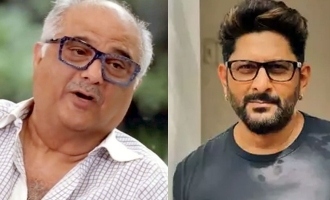

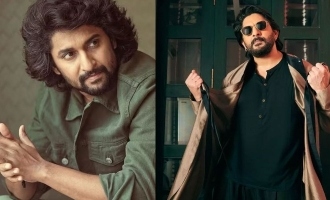

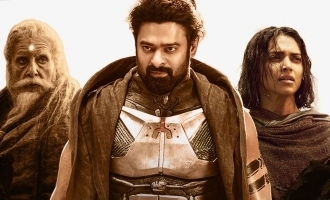





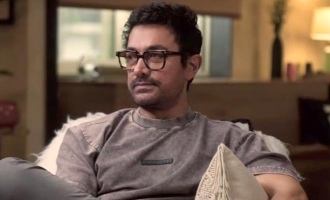




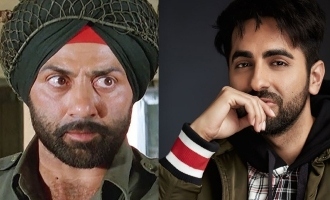





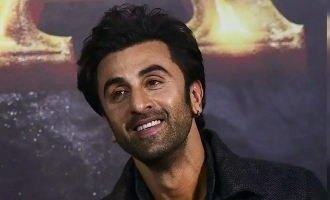
















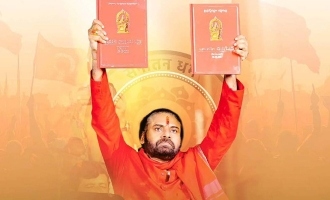
-a3e.jpg)
-3c4.jpg)
-e5c.jpg)
-e66.jpg)









